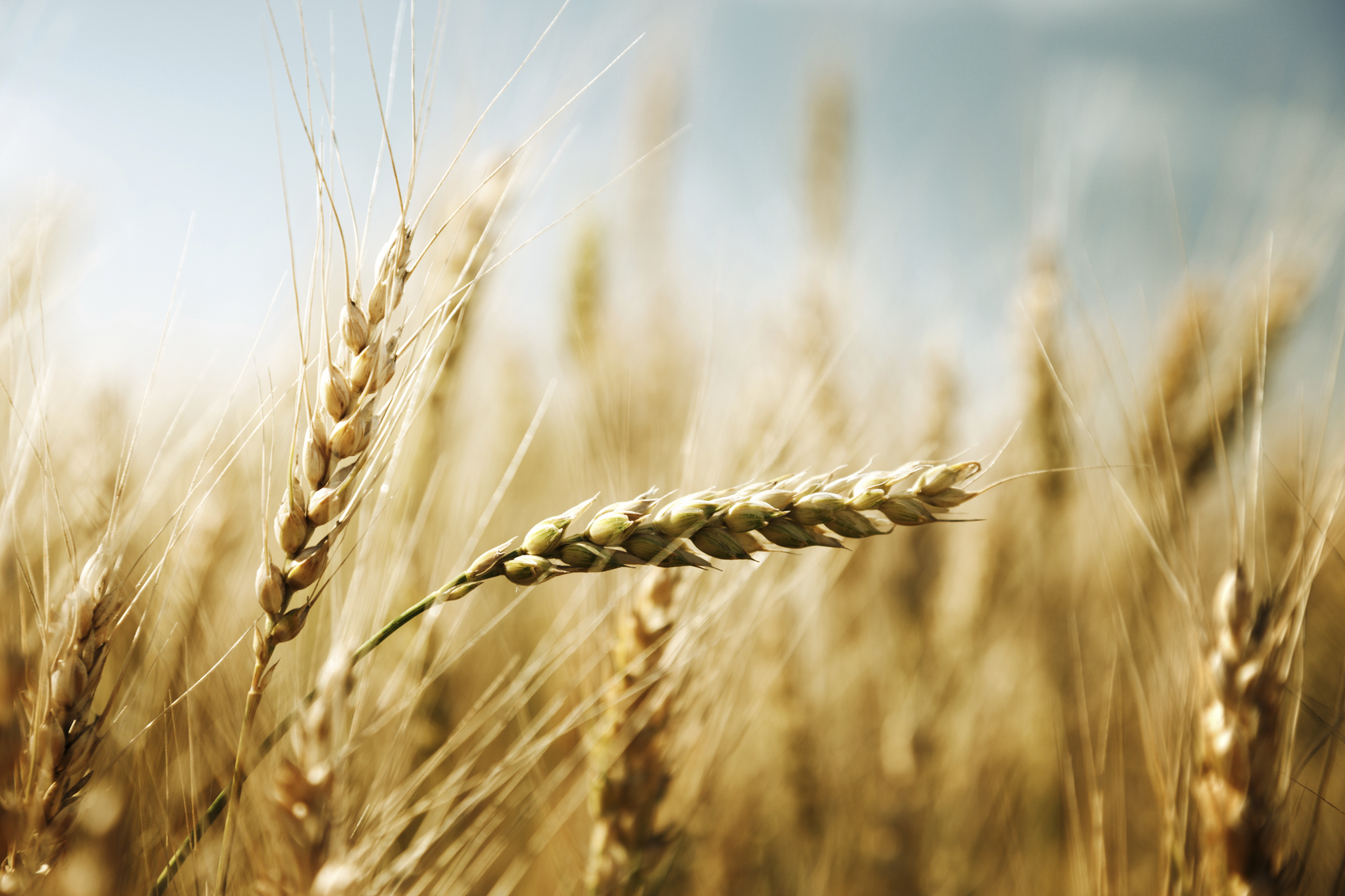Two weeks ago I mentioned the importance of the enzyme zymase in yeast for whisky making. Today we look at that other indispensable ingredient – barley (pictured) – and its enzyme, diastase. Without barley, specifically malted barley, whisky wouldn’t exist.
Of the four cereals first developed from wild grasses (barley, wheat, oats and rye), barley was widely cultivated in Mesopotamia and Egypt thousands of years ago and, among other things, used to brew beer. Some experts claim that, even then, barley was more grown for brewing than for feeding.
In Ancient Rome, barley – Latin name hordeum vulgare – was regarded as highly nutritious and fed to gladiators, who were called hordearii, or barley eaters. In the later Middle Ages, barley –then called bere or bigg – came to Scotland, spawning many localities called Newbigging. Barley is rich in diastase, which turns starch in its kernel to sugars when it is malted. Best of all, certain barleys have sufficient diastase to turn starch to sugar in other cereals such as wheat and maize, even when barley is only 10-20% of the mix. This process is vital to the operation of Scotland’s seven grain distilleries that produce bulk spirit mainly from wheat.
After harvesting, barley enters a dormant winter phase but – when replanted during the mild rains of spring — it germinates and grows into a new barley plant. Malting fools the barley into thinking spring is here by soaking it for two days in water, then letting it germinate for two to three days on a vast malting floor or drum. Germination stimulates the diastase to change the starch to sugar and spur growth of tiny rootlets called acrospires.
At that point the barley is dried with very hot air or peat smoke which stops germination in its tracks. The dried acrospires are shaken off and (now called culm) bagged as cattle feed. The process exacts a toll – 100 tons of barley produce 80 tons of malt – which is now trucked in 30-tonne loads to malt distilleries where it is ground to grist – a crude wholemeal flour – and mixed with piping hot water in the mashtun.
The hot sweet liquid (worts) is run off to the washbacks and has yeast added that ferments the sugar to alcohol (at around 8%) and carbon dioxide. Now called wash, the liquid is distilled twice or more to create new spirit which, after three years in oak casks, can be called Scotch malt whisky.
Diastase has long been synthesized, with labs across the world producing it for the drinks industry. However – remarkably – Scotch whisky is still produced using natural barley diastase. Amazingly, what started beside the rivers of Babylon millennia ago is still going strong beside the Spey today.










